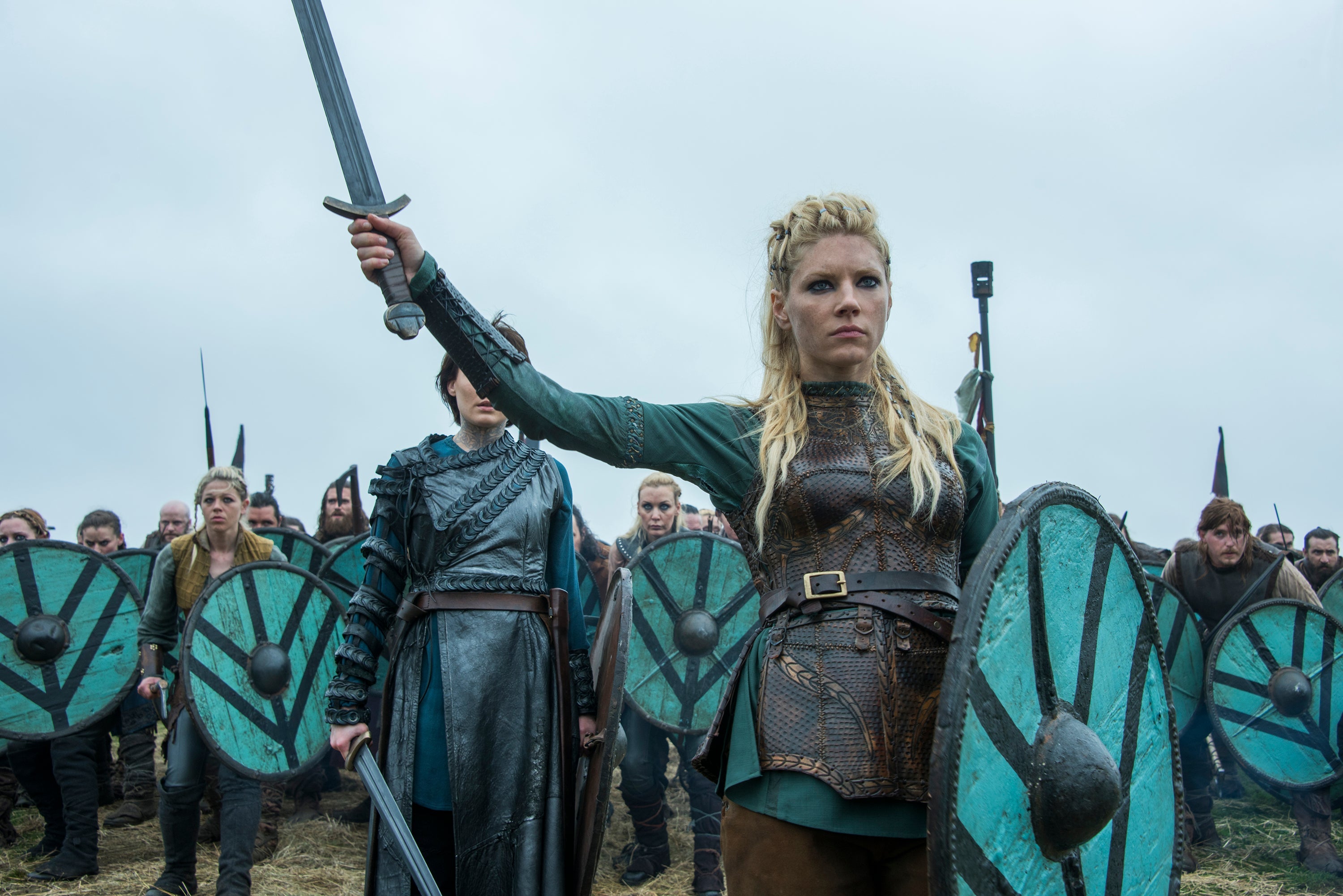The lives of Norse women during the Viking Age were marked by unique social roles, relative freedom and duties that were rarely seen at the time. Unlike many other societies of their time, Norse culture afforded women more rights and responsibilities, from the domestic roles to the adventurous, with both social and political influence.

Freyja, Goddess of magic, wealth, fertility and war
Viking society was primarily organized around family units, where women held a central position in the household, or “husfred.” Married women in Viking households were known as the “husfreyja,” or the “lady of the household,” a role carrying considerable influence. She managed resources, oversaw the daily work of slaves or servants and managed finances. This was no small responsibility in a time when Viking society was largely agrarian, relying on domestic resources and production for survival. Husfreyjas often possessed a set of keys to the storage rooms and the chests of the home, symbolizing their control over family resources and treasures.
Roses of Freyja 925 Sterling Silver Bracelet
In addition to domestic responsibilities, Norse women’s contributions extended to religious and cultural duties. They held the role of Volvas, or seeresses, who wielded spiritual influence and were revered as intermediaries with the Gods. The Volva practiced seidr, a form of Norse magic. The presence of female spiritual practitioners in the Viking Age underscores the respect for women’s connection to spiritual knowledge and wisdom, a notable contrast to most other European societies where women were excluded from formal religious roles.

Norse women were afforded legal rights that were uncommon for women in other European societies during the same period. They could inherit property, initiate divorce, and reclaim their dowries if the marriage ended. These rights, however, depended on regional laws, as the Viking Age spanned a large geographical area, including present-day Scandinavia, the British Isles, and parts of Eastern Europe.
Marriage for Viking women was generally arranged for strategic reasons, focusing on alliances and strengthening family bonds. However, once married, a woman could expect certain rights. She could demand divorce if her husband failed to support her adequately or if he displayed dishonorable behavior. Divorce among Vikings was not seen as scandalous, and women retained ownership of any property they brought into the marriage. In addition, widows, in particular, could own significant estates and were often considered heads of households.
This autonomy contrasts starkly with contemporary European societies, where women were generally considered subservient to male authority figures and had limited control over family wealth or property. Norse laws and sagas such as the Laxdæla Saga and Egil’s Saga provide evidence of these legal rights, showcasing women who used their rights to achieve their goals, either by reclaiming property, ensuring family lineage, or acting as arbiters in disputes.

Archaeological evidence also suggests that some Norse women may have participated in voyages and economic trade, though these instances were likely rare. Tools and weapons found in women’s graves across Scandinavian regions suggest they were skilled in both craftsmanship and as warriors. Items like spinning wheels, looms, and textile-making equipment have been found in numerous burial sites, highlighting the importance of textile production as both a domestic task and a means of economic trade. The textile production was an industry favored by Allmother Frigg, who is sometimes depicted looming.

Some Norse women likely joined trading voyages or even participated in raids, especially in settlements in Iceland and Greenland. Findings from the Oseberg burial in Norway provide an example of a high-status woman possibly involved in trade or leadership, as her grave goods included luxurious items and a ship, symbolizing high social rank and, potentially, adventure.
The lives of Norse women during the Viking Age were marked by a balance of domestic responsibility, legal autonomy, and, for some, significant social influence. The societal structure allowed them a degree of agency in marriage, property rights, and family leadership roles.
Literary and archaeological sources – such as the Birka grave Bj 581 (wikipedia link here), give us a clear view of women as active participants in Norse society, balancing their roles in family, economy, warfare and, occasionally, voyages into the unknown.
Bibliography
Jesch, Judith. Women in the Viking Age. Boydell Press, 1991. ISBN: 9780851153605.
Price, Neil. The Viking Way: Magic and Mind in Late Iron Age Scandinavia. Oxbow Books, 2019. ISBN: 9781789251923.
Graham-Campbell, James. The Viking World. Frances Lincoln, 2013. ISBN: 9780711234681.














